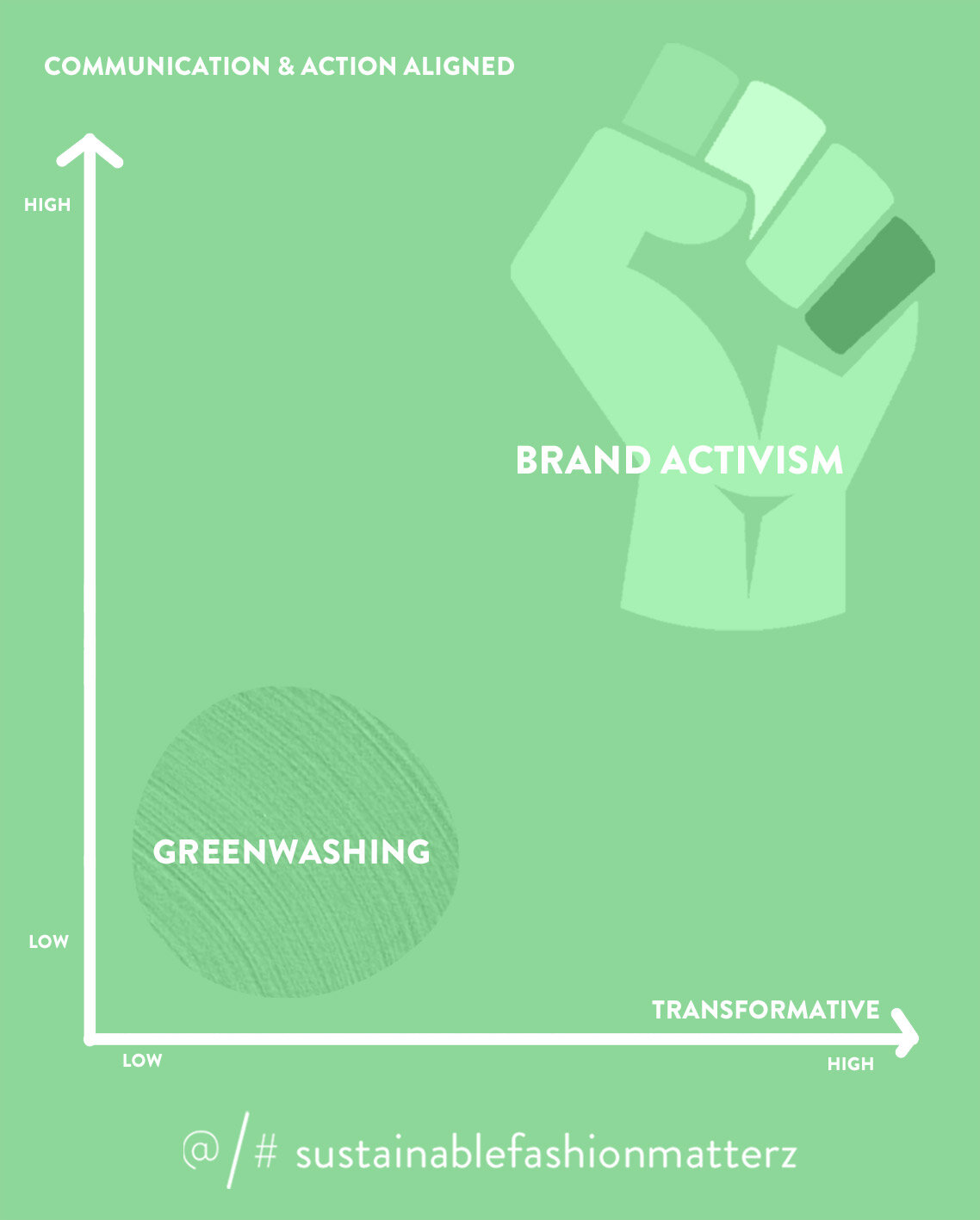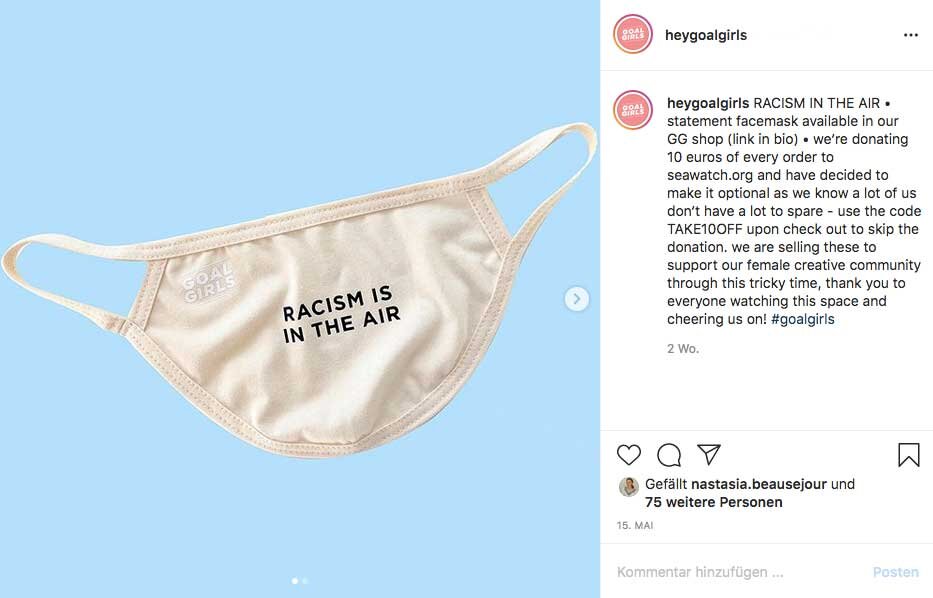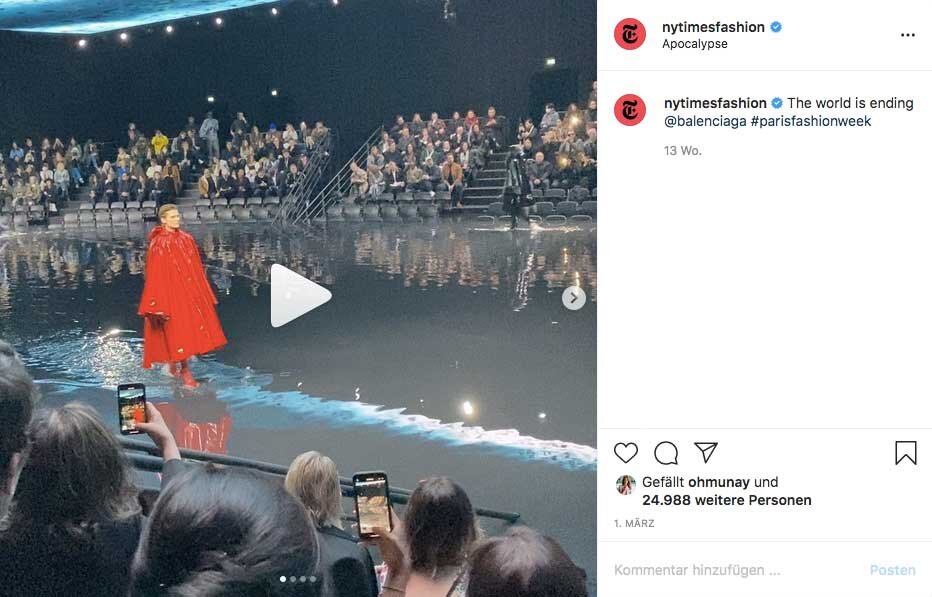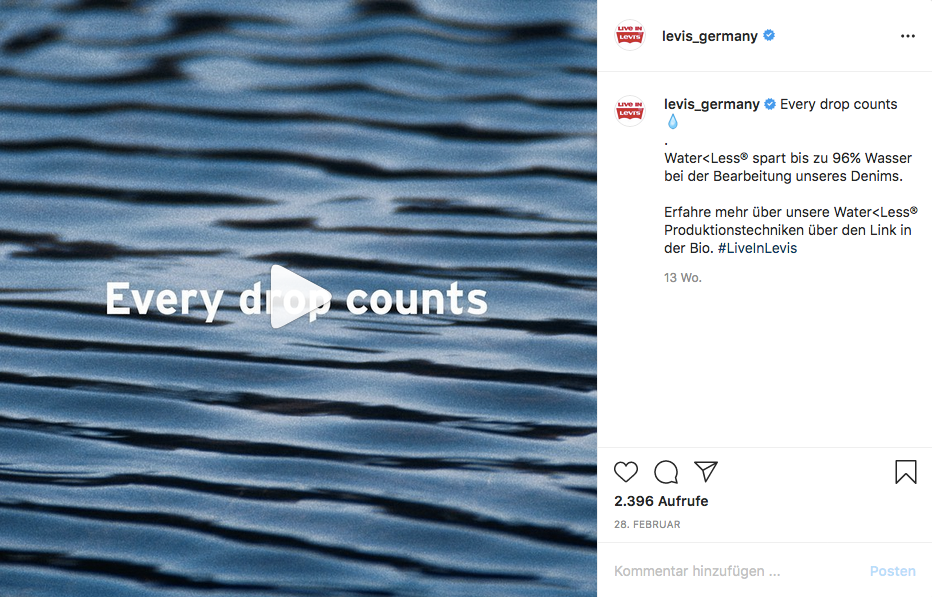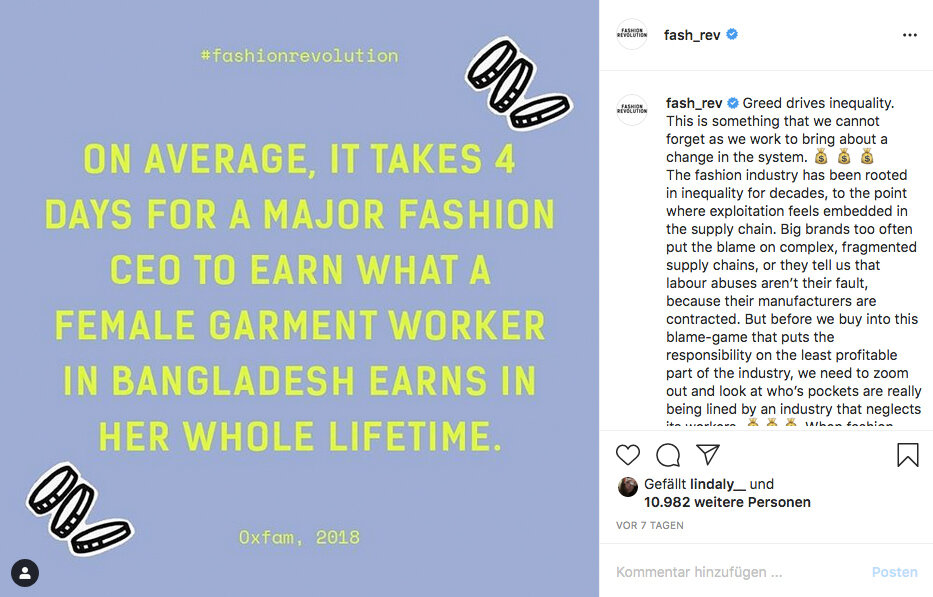Last week, luxury brand Gucci announced to cut its shows from five to two per year and to declare the fashion calendar obsolete. The brand goes “seasonless”. You may have asked yourself, is that an activist move or is Gucci greenwashing? Or maybe it is something in between? We thought it’s time to look a little closer!
WHY DISTINGUISH BETWEEN BRAND ACTIVISM & GREENWASHING ?
The need to distinguish between “Brand Activism” and “Greenwashing” rests on two premises. First, it’s hard to spot greenwashing which impedes our purchase decisions. Second, we see a surge of brands that increasingly engage in “brand activism” (or what appears to be) which makes it even harder for consumers to differentiate between what is a genuine effort to create systemic change and what is just another marketing effort.
Here we will give you some guidance for next time you are in doubt. It will not answer all the questions but it’s a first step to ask the right questions. And if you’re not fond of theory only, we have a small challenge for you to tackle further below. So let’s get started.
There are two scales we should use in order to validate any fashion brand’s activities:
The degree to which an activity is transformative (internally and externally)
The degree to which an activity is more symbolic than substantive
Let’s look at what both mean exactly.
WHAT IS TRANSFORMATIVE ACTION?
“Activism is the practice “of promoting, impeding or directing social, political, economic, or environmental reform with the desire to make changes in society.” [1]”
It’s helpful to understand that any kind of activity is more or less effective in inducing change. The more system- and root cause-oriented, the more effective an activity tends to be. This concerns both internal and external transformation. Internal being the transformation of the business model and external being the transformation of the outside system that incentivizes us to design a business model in a certain way. Both go hand in hand.
For example, a fast fashion company that switches to 100% organic cotton but still offers 52 collections per year does make a remarkable change but certainly does not change its business model. Despite the decision to use organic cotton it still encourages a throw-away culture, which is at the root of the problem. This company needs to produce less before it produces better.
In contrast, a brand that uses innovative materials (i.e. pinatex, cork, seacell) while making sure they are of high and long lasting quality (internal transformation) and donating a share of its profits to NGOs that are fighting the plastic crisis (external transformation), we can see it takes action to transform on both levels.
Note that it is not always that easy to assess this parameter. Often we will need to dig deeper into a company’s history, its founders and CEOs, their strategy and reports to understand if it’s actually transforming or not. But if we’re aware, we’re on the right path to better judgement.
WHEN IS IT GREENWASHING?
“Greenwashing is the act of misleading consumers regarding the environmental practices of an organization or the environmental benefits of a product or service.” [2]”
This means, we should be aware when a brand launches and communicates a new symbolic product, campaign, or service but is not backed by substantive action. We should ask if that’s a single, unrelated move or if there’s more to it. The more communication and action are aligned, the better.
For example, if a big brand launches a new rainbow-colored sneaker, we might ask if and how that brand is supporting LGTBQ+ causes in other ways as well. Because if not, it’s likely more about selling more sneakers than demonstrating true allyship. That’s rainbow-washing. But if a brand is selling pride gear and giving profits to the Trevor Project (a non-profit organization focused on suicide prevention among the LGTBQ+ youth) and making sure your company is hiring/supporting LGBTQ+ employees, that’s a genuine effort.
Also be aware if a brand communicates efforts such as the installation of solar panels on the headquarter roof or the introduction of recyclable packaging. We should ask further how the brand reduces its supply chain emissions which usually is subject to the largest source of carbon emissions.
Here’s a framework that will help you to assess a brand’s activity:
The higher an activity scores on “communication & action aligned” and on “transformative” is, the more we can label it as brand activism. The less it scores on both scales, the more it’s probably an act of greenwashing. Note that there’s also the notion of pink-, brown and rainbow-washing. These are also terms describing a variety of marketing strategies aimed at promoting products to certain target groups.
EXERCISE: CAN YOU TELL THE DIFFERENCE?
Now, are you up for a little challenge? Let’s take a closer look at 6 different kinds of initiatives which, according to the internet, refer to as “fashion activism” and ask ourselves if we agree and if not, how we’d classify it. Don’t forget that we cannot pass a final judgement at this point but we will ask the right questions and have a well-founded tendency.
1. ACTIVISM-INSPIRED APPAREL
The slogan T-Shirt. The peace sign necklace. The Mini Skirt. For decades people have been expressing the need for change through what they wear and we will continue to do so. Today, we see politically-charged fashion such as pride-honoring sportswear or equality-themed face masks.
Here we see how awareness can be raised while a share of the turnover is being donated to the NGO Sea-Watch.org that “conducts civil search and rescue operations in the Central Med” (note: one can chose to not donate). Communication-/action alignment is high. How does this initiative score on the transformation scale?
2. ACTIVISM-INSPIRED FASHION SHOWS
The Balenciaga Winter 2020 show was held on a flooded catwalk to draw attention to the climate crisis and rising sea levels. It presented 105 different outfits. The message is political but is that enough to be considered an activist company/brand?
And on the other side, how is an ethical fashion show or a vegan fashion week to be evaluated? How are they different?
3. SUSTAINABILITY-FOCUSED EMPLOYEE PROGRAMS
North Face, for example, started out to let its designers partake in dedicated, sustainability-focused employee programs. The “Renewal Design Residency” program is aimed at creating an eco-conscious work ethic that empowers designers to improve the longevity of the garments they make through reuse and repair.
If we are trying to tackle root causes, the education system definitely is one of them. We cannot collectively reimagine a new economy if we continue to teach young people that creating shareholder value is the only purpose of a business. How does such a program relate to that?
4. BRAND ECO INITIATIVES
Ralph Lauren committed to use 100% renewable energy by 2025. H&M launches another “conscious collection”. Levis pledges to use less water for production practices by 2025. These initiatives are the result of consumers inducing more and more pressure on fashion brands to address the severe environmental and social issues their industry has been causing in the past.
How effective are these initiatives and pledges of these brands? Do they address the root causes of what makes the fashion industry so destructive in the first place?
5. BRAND DONATION CENTERS AND FOUNDATIONS
The COVID-19 pandemic has led to countless initiatives and campaigns involving acts of social good, using resources to support those in need. On a larger scale and with a more systematic approach some brands have founded their own nonprofit organizations as a separate entity in order to fund activities and projects that are related to a specific cause (not necessarily related to their core business). A good example is the “One Percent for the Planet” organization whose members contribute at least one percent of their annual sales to environmental causes. It has been initiated by Patagonia’s founder Yvon Chouinard and Craig Mathews.
Is there a difference between event-induced donation initiatives and long term-oriented nonprofit organizations?
6. MOVEMENTS
Last but not least, let’s not forget what sparked a new wave of “fashion activism” a couple of years ago. Since 2013, after the collapse of the Rana Plaza in Bangladesh, the grassroots movements Fashion Revolution encourages people from all over the world use their voice to tell brands that things must change.
Any doubt where this belongs to?
Coming back to the initial question of whether or not Gucci’s decision to go seasonless is a move of activism or greenwashing or something in between. Again, we cannot draw premature conclusions without sufficient information BUT what we can say is that Gucci is addressing a fundamental condition of the fashion industry, that is the cycle of seasons which drives the production of most global fashion brands. That indeed is a transformative move. If it’s part of an overall strategy with the aim to transform is another question. With this in mind, what further questions would you ask?
If you have come to a final conclusion of any of the listed examples, let us know in the comments!
Sources:
[1] https://en.wikipedia.org/wiki/Activism
[2] Walker K, Wan F (2011) The harm of symbolic actions and green-washing: corporate actions and communications on environmental performance and their financial implications.









